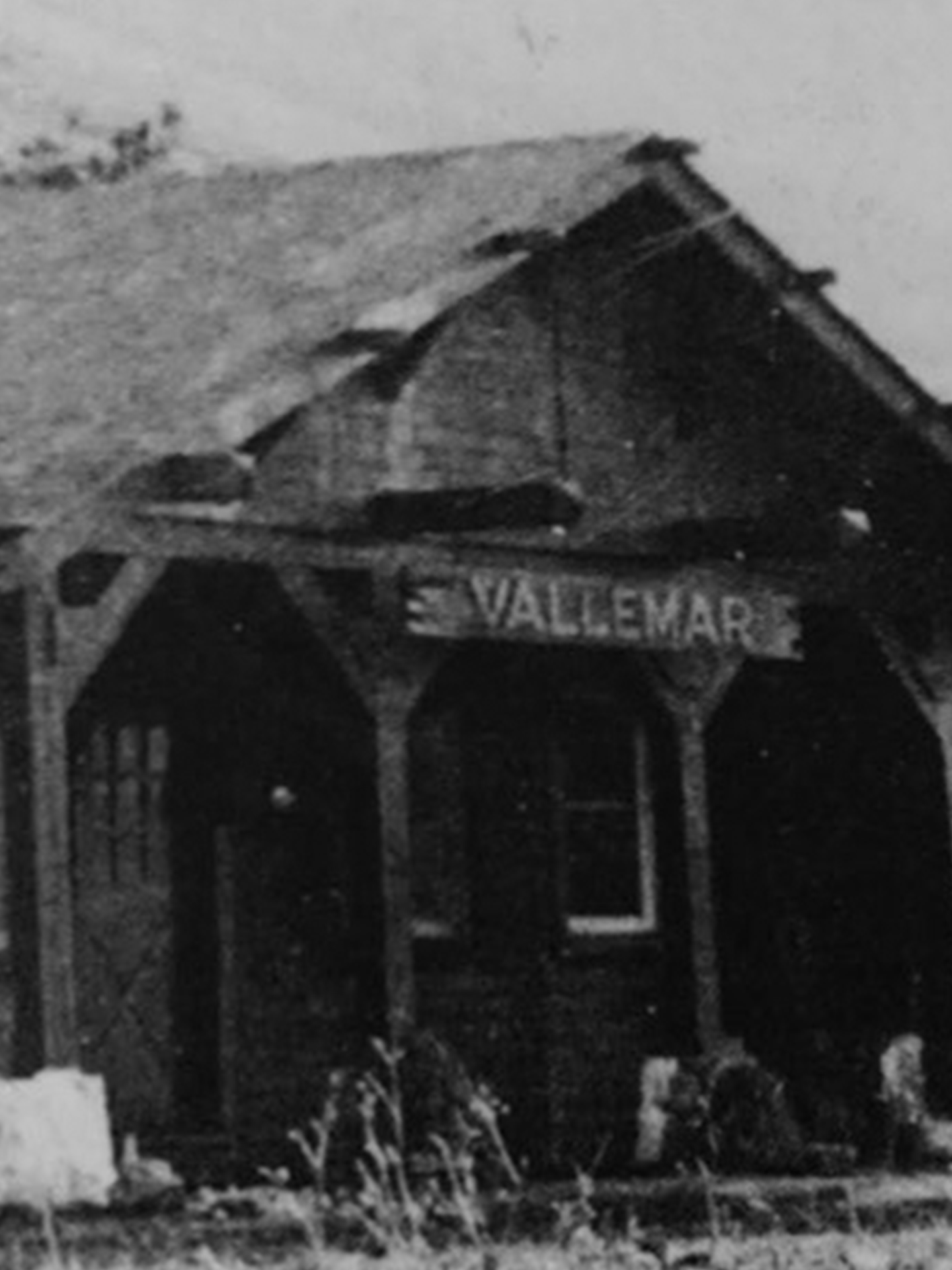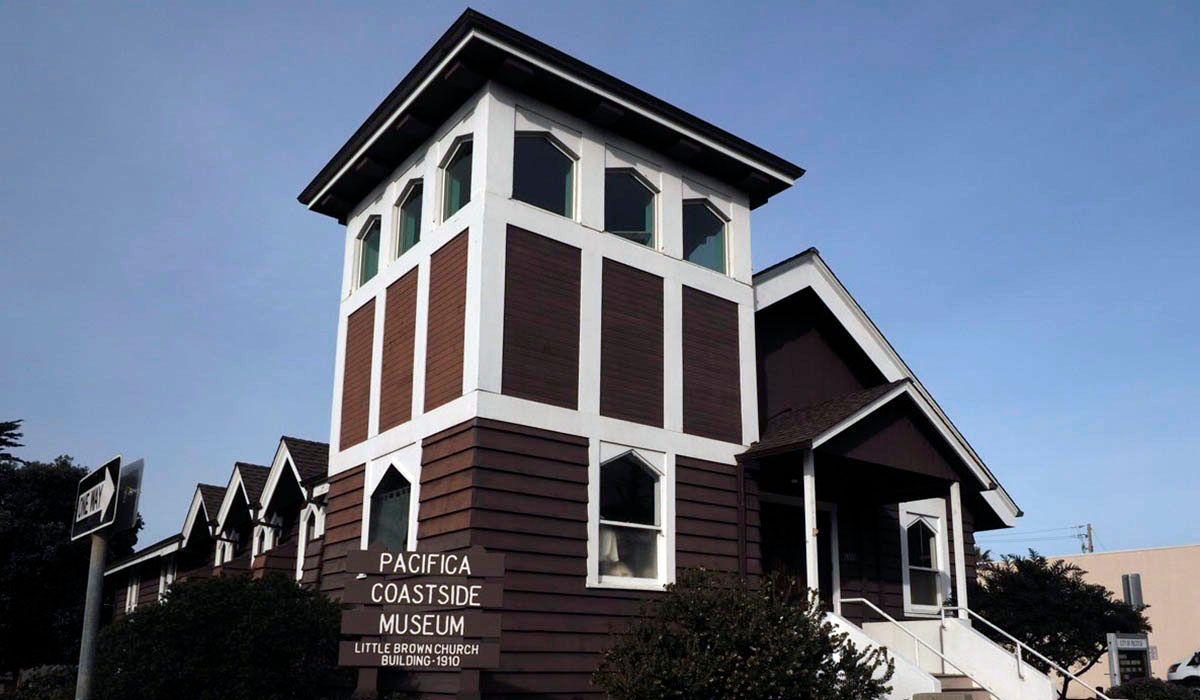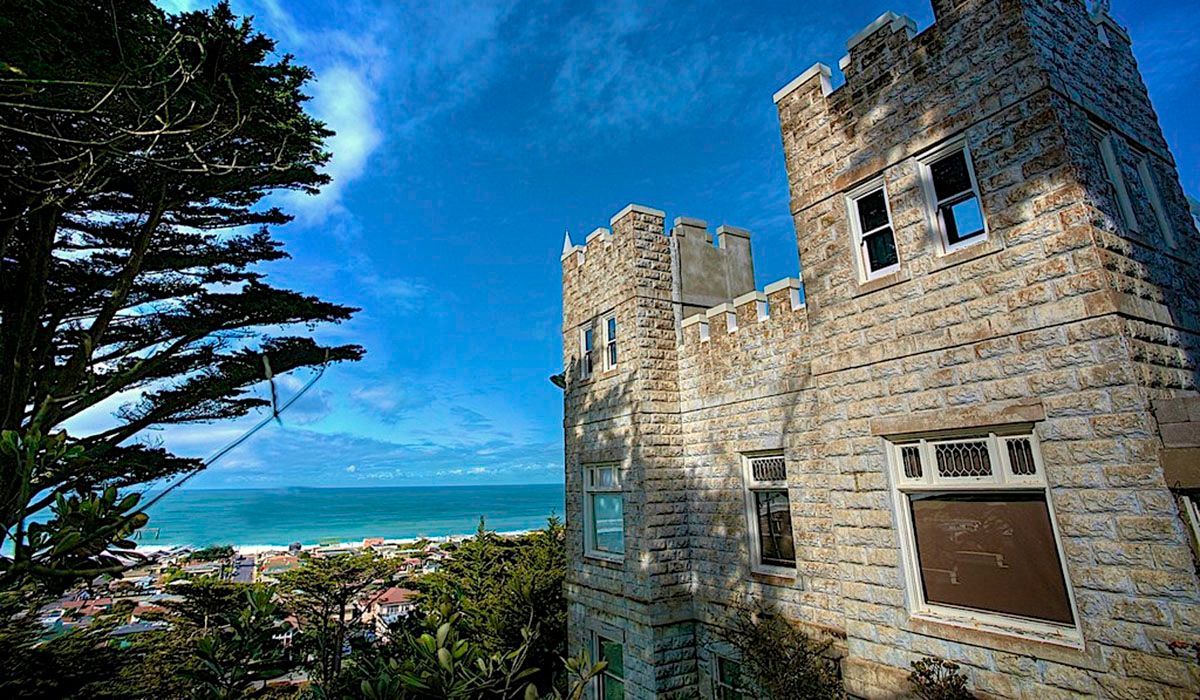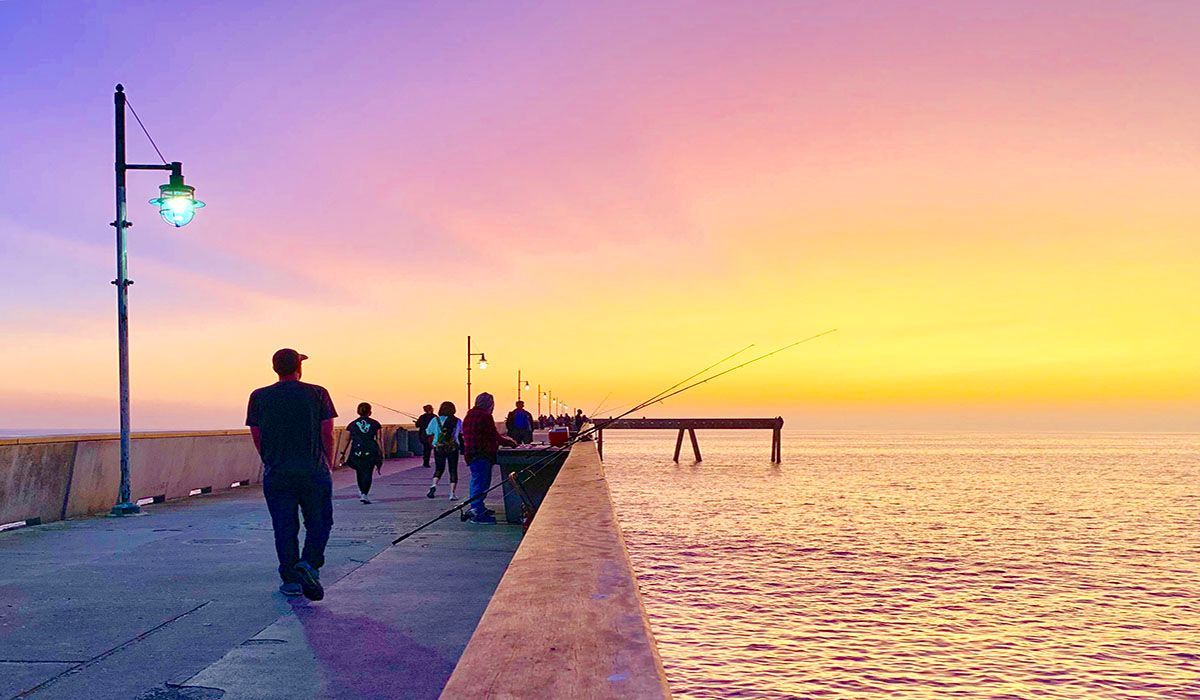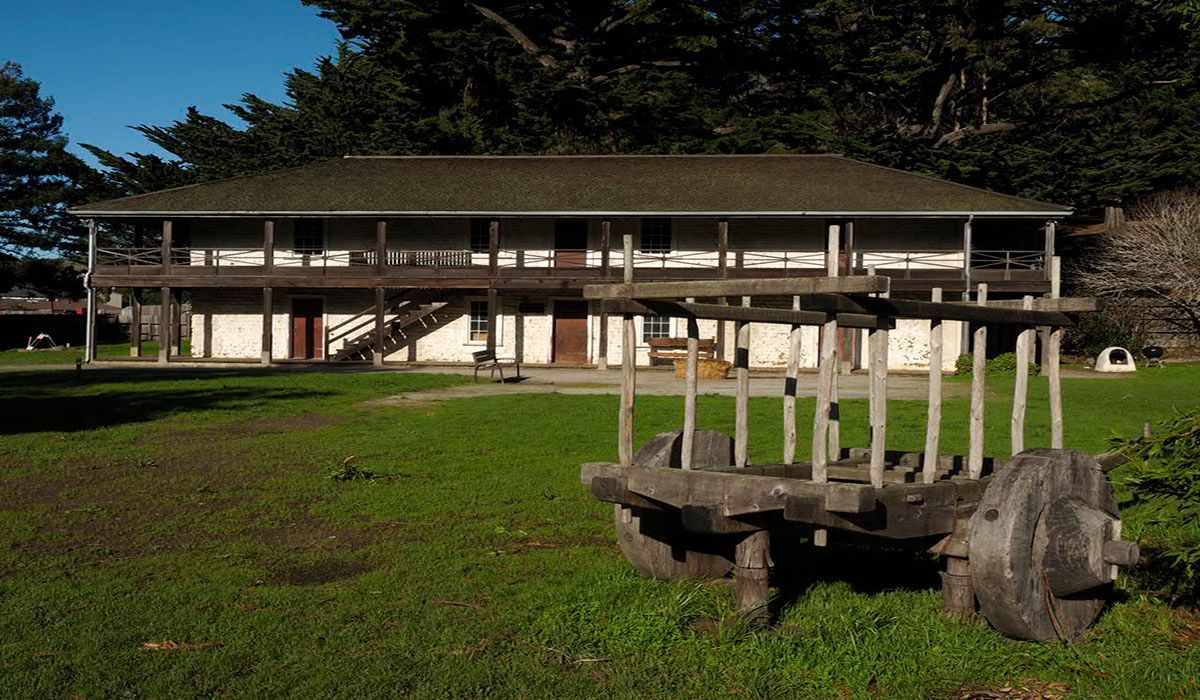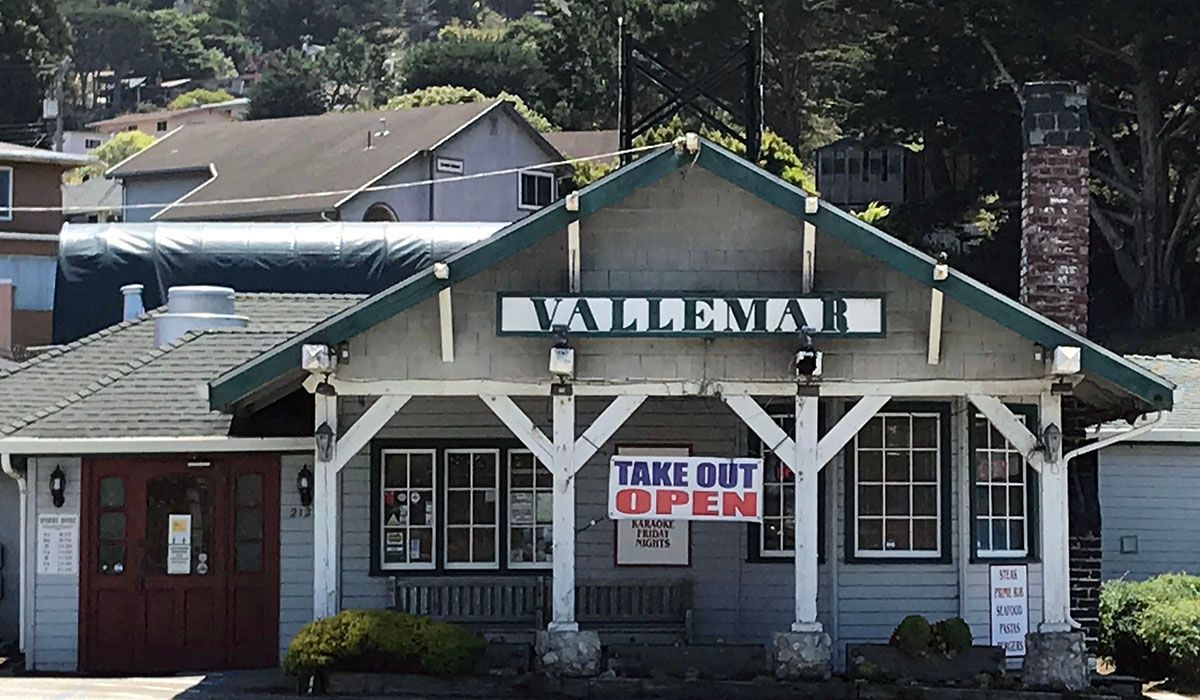Historical Sites
Pacifica is proud to showcase a wide range of well-preserved historical sites as part of its rich history.
Pacifica Coastside Museum
Beginning life in 1910, the Little Brown Church was Pacifica’s first church. It was built of rough sawn fir and redwood, standing just 100 feet from the Ocean Shore Railroad. Known as the Salada Beach Presbyterian Church, it served as a church, community social center, meeting room, public school, well baby clinic and neighborhood movie house. Now it is home to the
Pacifica Coastside Museum
where visitors can learn about Pacifica’s unique and colorful history. Current exhibits include:
- An exploration of the Ohlone culture, which thrived in Pacifica and throughout the Bay Area for over 1,000 years.
- A commemoration of the 250th anniversary of Portola expedition, which climbed Pacifica's Sweeney Ridge in 1769, marking the first time Europeans saw the San Francisco Bay.
- A celebration of the Ocean Shore Railroad, which ran from 1905-1920, offering the first major opportunity for San Francisco residents to explore the beautiful coastal region.
- A look at Pacifica in the modern era, including its emergence as a surfing mecca and a site of pivotal victories in the environmental movement.
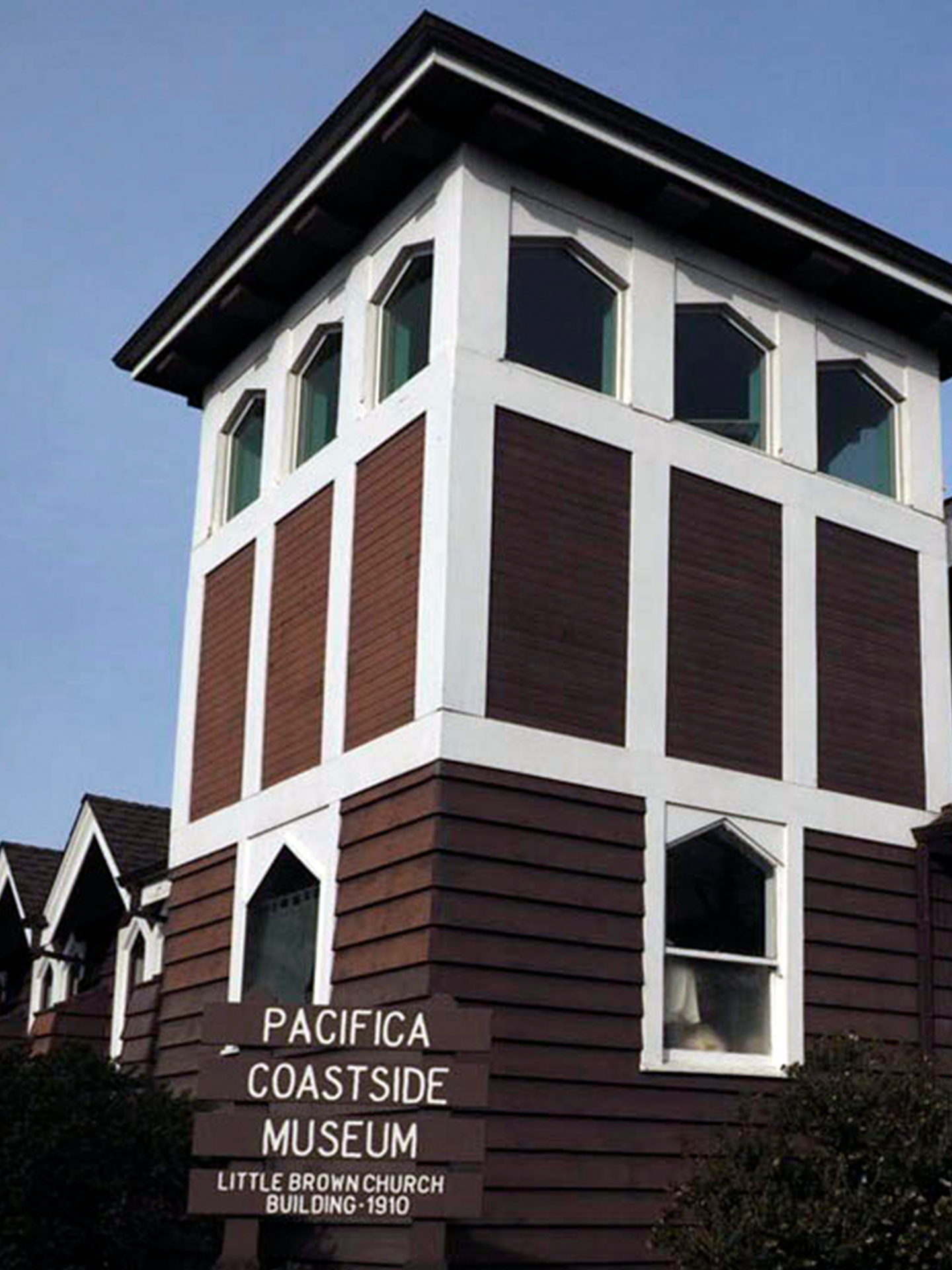
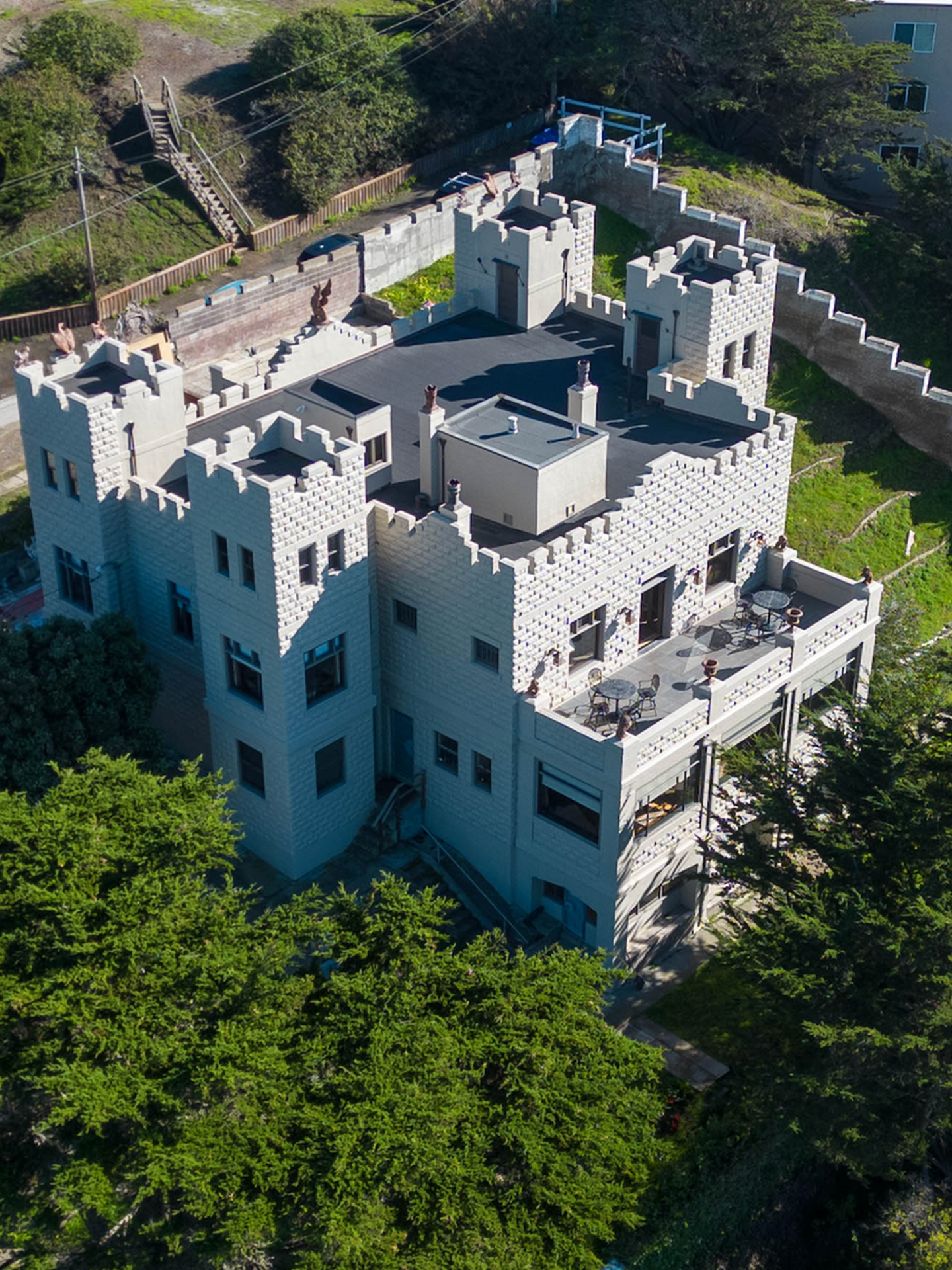
Sam's Castle
In 1908, San Francisco rail magnate Henry Harrison McCloskey, grandfather of Congressman Pete McCloskey, modeled and built Sam’s Castle to replicate his wife Emily’s childhood home in Scotland. McCloskey erected the castle by the sea as a safe haven after his San Francisco home was severely damaged in the 1906 earthquake.
With its century-long reputation as a speakeasy, an illegal abortion clinic, a brothel and Coast Guard barracks during World War II, the castle was purchased and restored in 1959 by the late Sam Mazza who filled it with wondrous works of arts and antiques collected during his career as a theater painter/decorator for 20th Century Fox. The Castle is occasionally open to the public for tours by the Pacifica Historical Society, courtesy of the Sam Mazza Foundation.
Pacifica Municipal Pier
The L-shaped, 1,140 feet long pier is officially named the Reverend Herschell Harkins Memorial Pacifica Pier, after the much-admired Reverend from the Little Brown Church. Located at Sharp Park Beach, Pacifica Municipal Pier was opened in November 1973.
It was built as a cooperative development of the City of Pacifica, the Wildlife Conservation Board and the California Department of Fish & Game. Famous for its salmon runs and winter Dungeness crabbing, the pier attracts anglers from around the globe. Other species caught at the pier are Jack Smelt, White Croaker and Striped Bass.
The pier, a designated site by The Whale Trail, is one of the best places to watch humpbacks and gray whales lunge feeding, tail slapping and if you're lucky breaching.
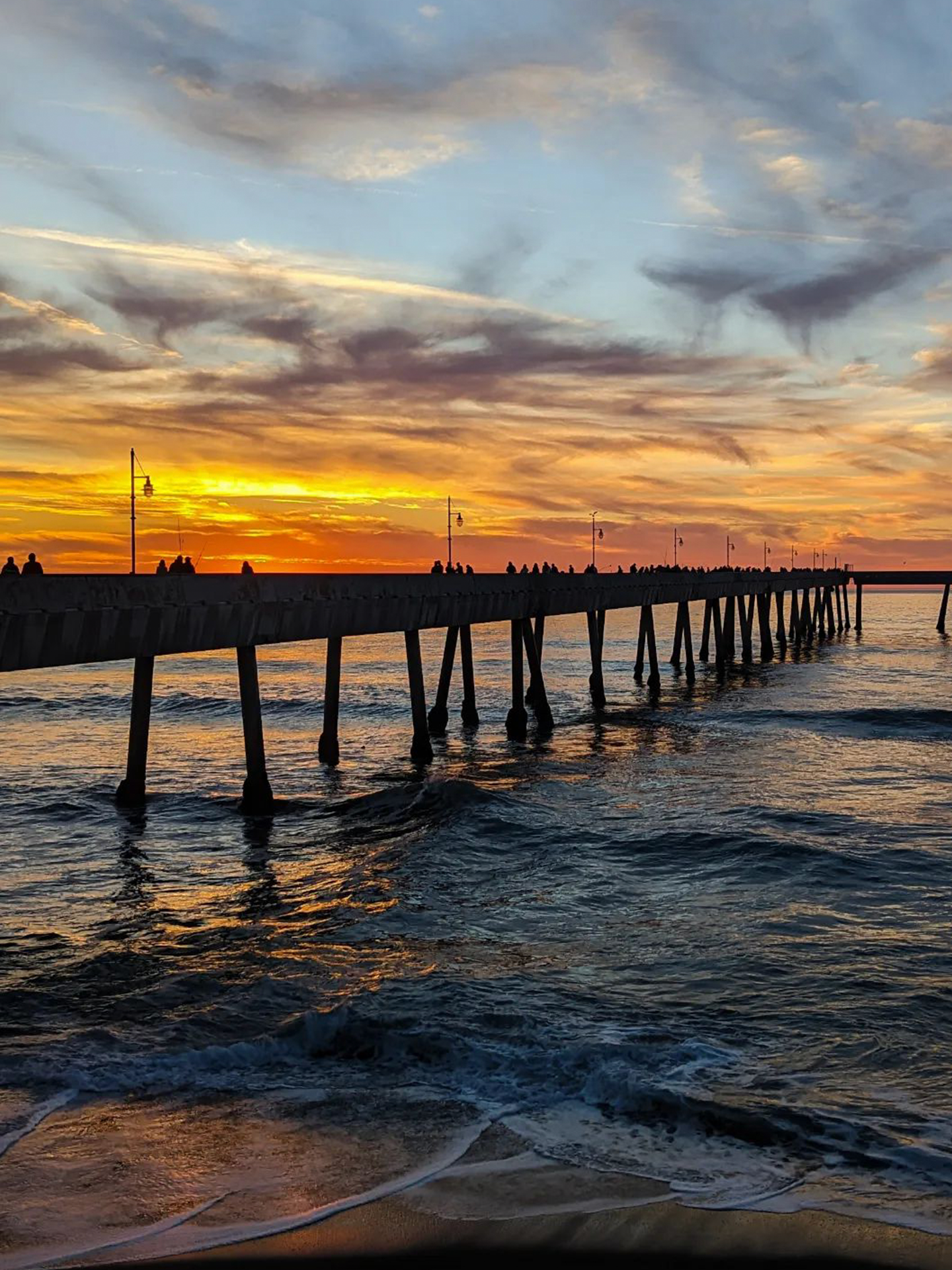
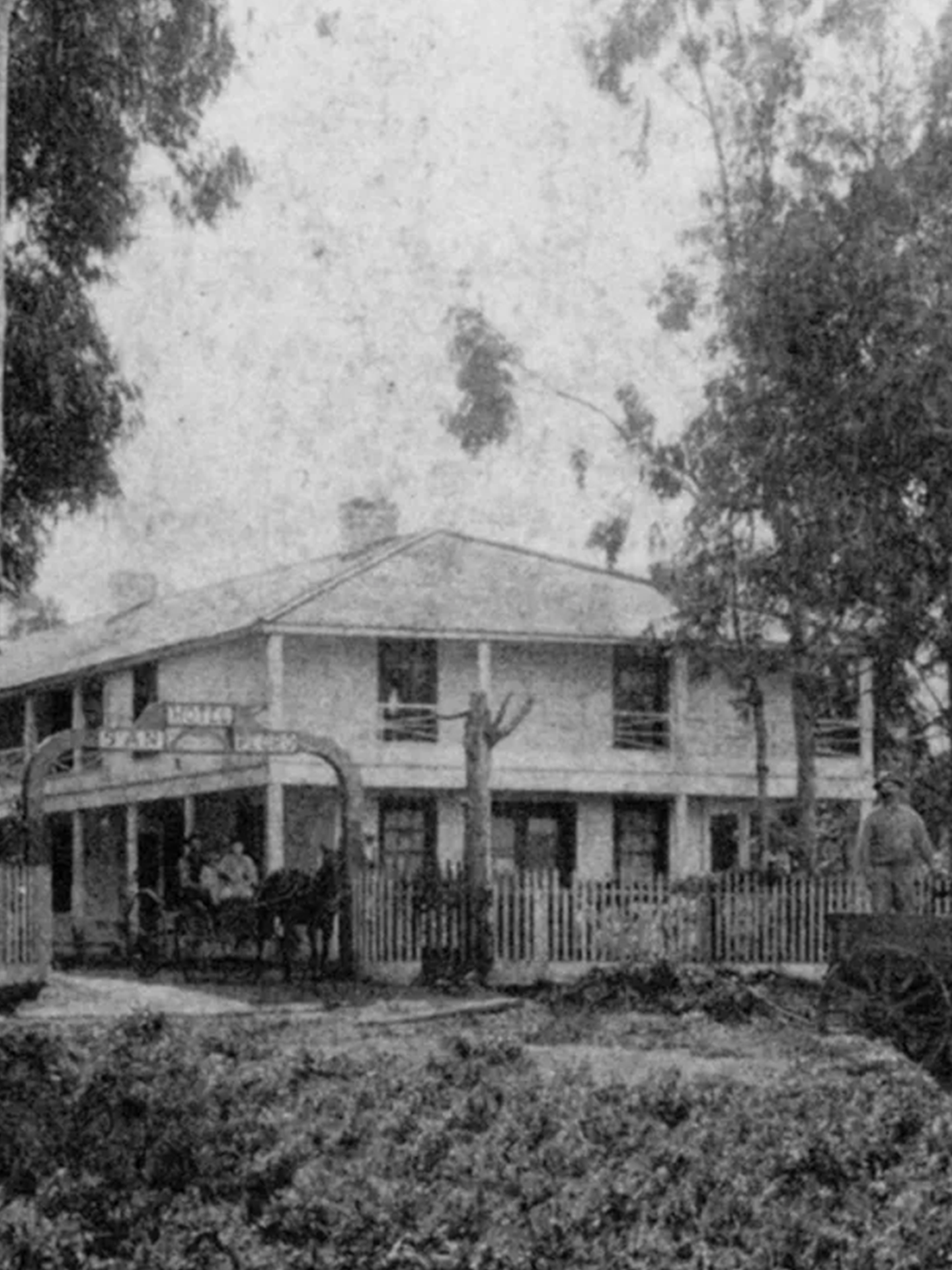
Sanchez Adobe
Sanchez Adobe, built between 1842-1846 by Don Francisco Sanchez, is a historic landmark since 1953. Made from shipwrecked timbers, it showcases Monterey architecture with Spanish and Ohlone influences. Over the years, it served various roles, including a bordello, hunting lodge, artichoke packing shed, farm laborers’ quarters, and speakeasy. It is the second-oldest building in San Mateo County.
Rancho Day Fiesta
Every third Saturday in September, Rancho Day Fiesta celebrates Mexican California with music, dance, food, crafts, and demonstrations.
New Interpretive Center
A new interpretive center honoring early California history was completed in October 2019.
Ocean Shore Railroad
The Ocean Shore Railroad, established in 1905, ran from San Francisco through coastal villages that became Pacifica, ending at Tunitas Creek. Much of the route is now Highway 1. Remnants of the railroad can be seen along the Rockaway headlands and the railway berm in Pedro Point.
The large cut between Fairway Park and Vallemar, created by railroad engineers, and three surviving stations (at Manor Drive, Vallemar Station Grill, and Tobin Station) remain. Visit the Pacifica Coastside Museum for more on the Ocean Shore Railroad.
